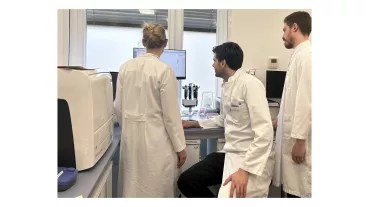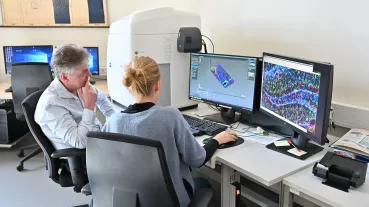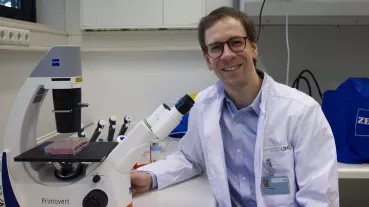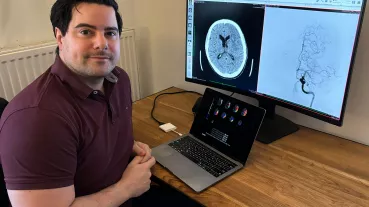Elucidating the Interaction between Mitochondria and Lipids in Parkinson’s Disease
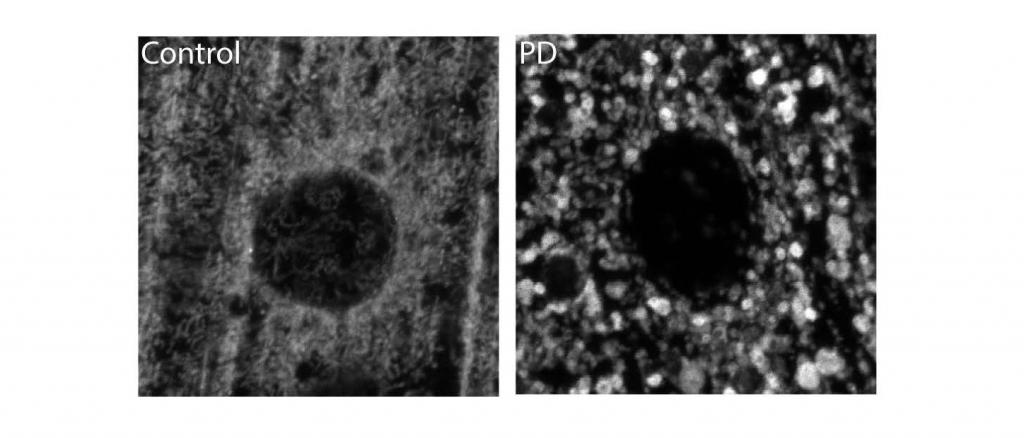
Parkinson’s disease (PD) is characterized by locomotion difficulties, affecting mostly elderly people. While the cause is mostly unknown, mitochondria, the powerhouse of the cell, are often affected, resulting in a deficit of cellular energy that is required for locomotion. Recently, awareness is given to the importance of different fats in efficient functioning mitochondria. In this project, we want to identify changes in fat and investigate its effect on mitochondrial function in PD. Ceramide is one type of fat that is changed in PD and is crucial for mitochondrial and brain function. Ceramide accumulates in PD causing additional damage. We are investigating the underlying mechanism of ceramide accumulation and are in the process of identifying other fats that play a role in PD.
Here you can get further information.
